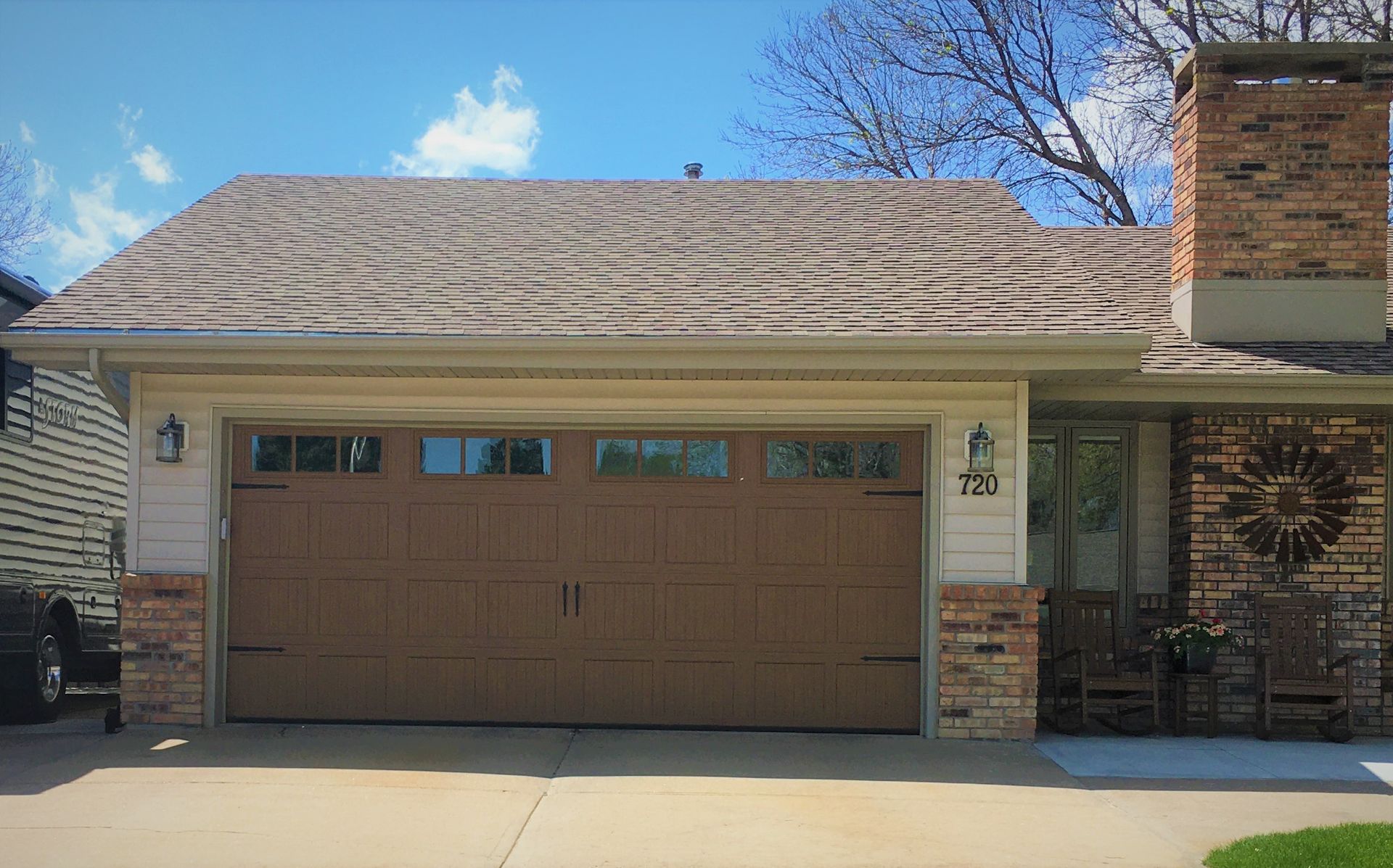Your roof color isn’t just for curb appeal—it has practical implications for your home’s energy efficiency and comfort. Here’s how to choose the best roof color based on your climate.
How Roof Color Affects Heat Retention and Cooling
Roof color is a major factor in heat absorption. Dark roofs, such as black, absorb heat, increasing the temperature on the roof’s surface and warming your home. White roofs reflect sunlight, keeping your home cooler and easing the load on your air conditioning.
When to Choose a Light or Dark Roof: Climate Considerations
Choosing the right roof color largely depends on where you live:
- Tropical Climates: In hot climates, white or lighter roofs are ideal for reflecting heat, reducing indoor temperatures, and lowering air conditioning costs.
- Cold Weather Areas: In cold climates, darker roofs absorb more sunlight, helping to keep your home warmer and reducing heating costs.
- Temperate Climates: In moderate climates, a neutral or slightly darker shade may be the best option, depending on your insulation and overall energy needs.
The Role of Roof Colors in the Urban Heat Island Effect
White roofs can help mitigate the urban heat island effect, a phenomenon where urban areas become significantly warmer due to dark roofs and pavement. By reflecting sunlight, white roofs cool down cities and reduce energy consumption.
Tips from Weathercraft for Selecting Roof Colors
Here are some key factors to consider when choosing your roof color:
- Climate Considerations: Consider your region's typical weather to select the most effective roof color.
- Roof Material Compatibility: Make sure your roofing material works well with the color you choose.
- Aesthetic Appeal: Complement your home’s exterior for a cohesive look.
- Energy Savings: Weigh the initial cost against future savings on energy bills.
We assist homeowners in selecting the best roof color and material to fit their needs and financial plans.
